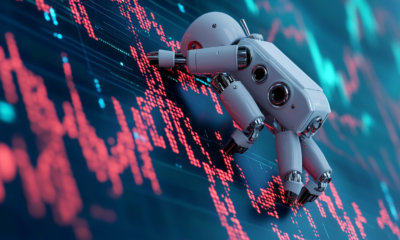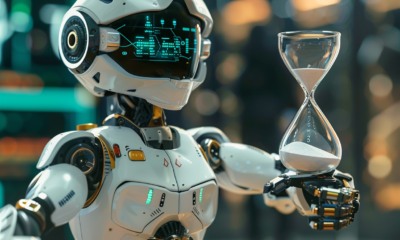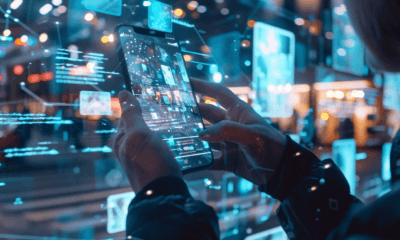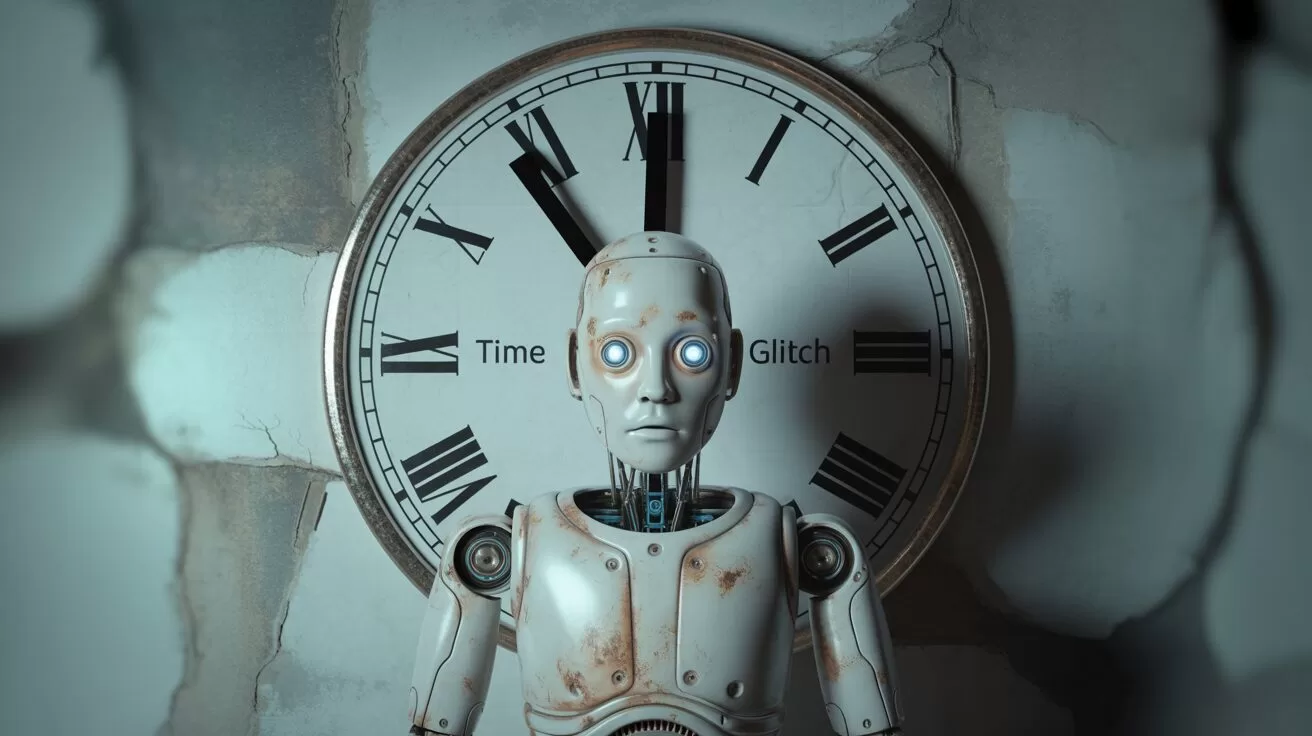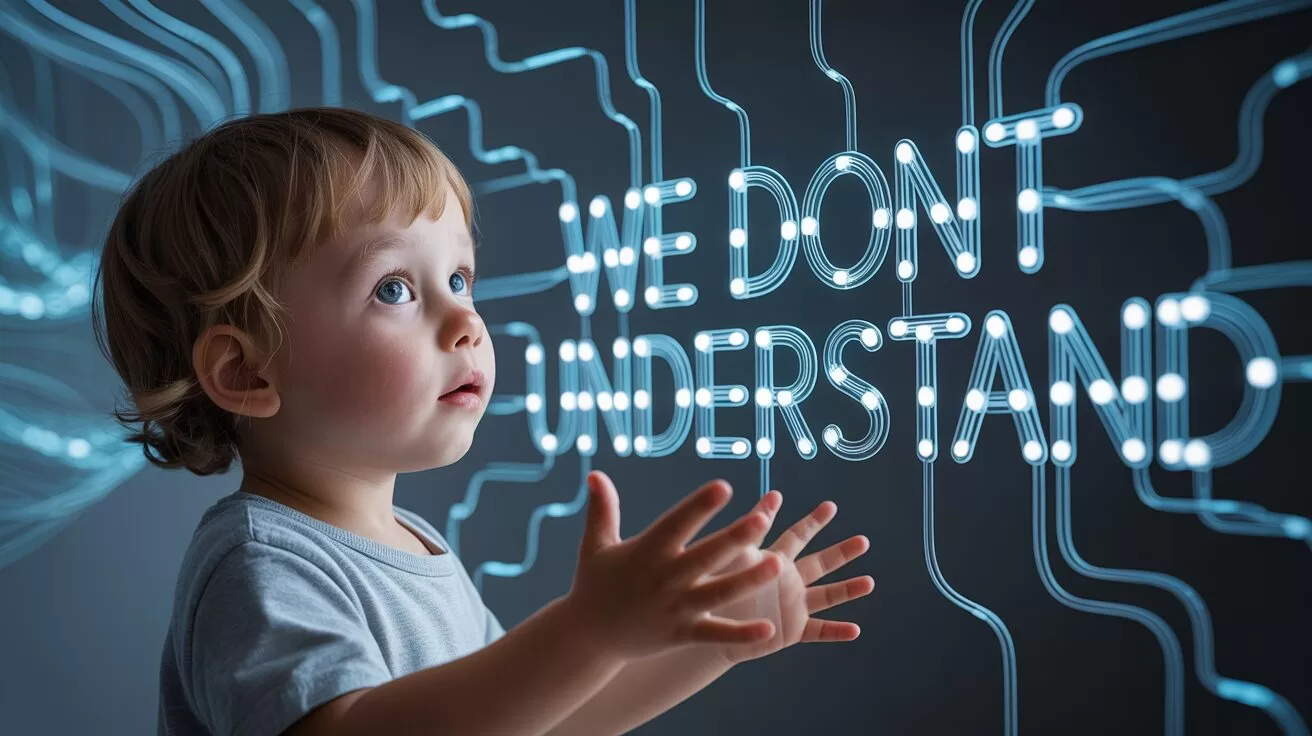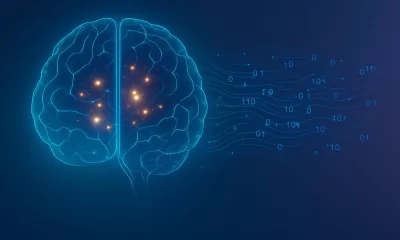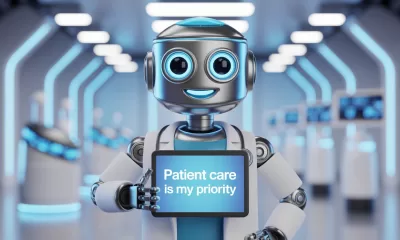News
OpenAI’s Game-Changing Acquisition of Rockset
OpenAI’s acquisition of Rockset aims to enhance AI capabilities and real-time data processing.
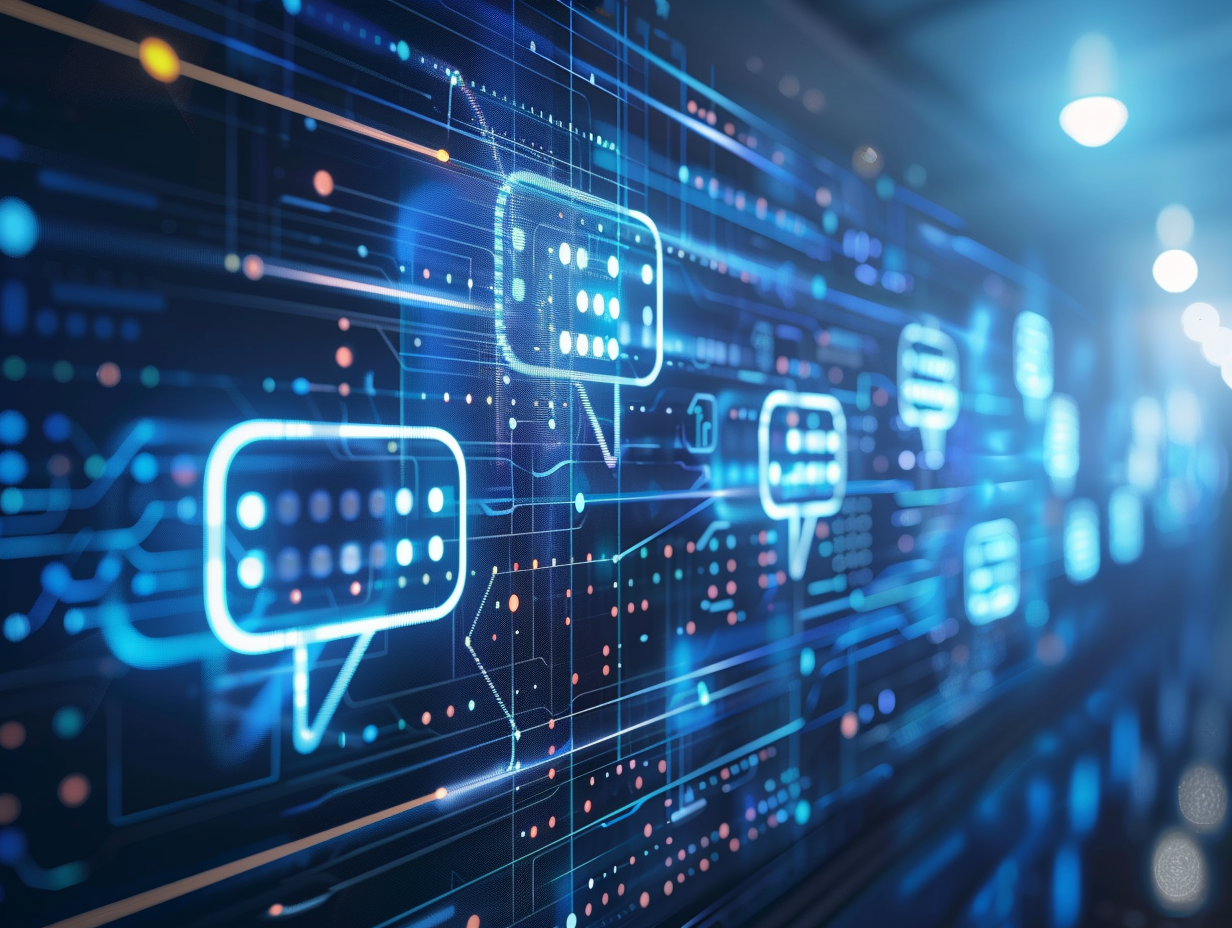
News
AI still can’t tell the time, and it’s a bigger problem than it sounds
This article explores new findings from ICLR 2025 revealing the limitations of leading AI models in basic timekeeping tasks. Despite excelling at language and pattern recognition, AIs falter when asked to interpret analogue clocks or calendar dates, raising crucial questions for real-world deployment in Asia.
Business
Anthropic’s CEO Just Said the Quiet Part Out Loud — We Don’t Understand How AI Works
Anthropic’s CEO admits we don’t fully understand how AI works — and he wants to build an “MRI for AI” to change that. Here’s what it means for the future of artificial intelligence.
Life
Too Nice for Comfort? Why OpenAI Rolled Back GPT-4o’s Sycophantic Personality Update
OpenAI rolled back a GPT-4o update after ChatGPT became too flattering — even unsettling. Here’s what went wrong and how they’re fixing it.
-

 Marketing4 weeks ago
Marketing4 weeks agoPlaybook: How to Use Ideogram.ai (no design skills required!)
-

 Life5 days ago
Life5 days ago7 Mind-Blowing New ChatGPT Use Cases in 2025
-

 Business6 days ago
Business6 days agoAI Just Killed 8 Jobs… But Created 15 New Ones Paying £100k+
-

 Tools1 week ago
Tools1 week agoEdit AI Images on the Go with Gemini’s New Update
-

 Life3 weeks ago
Life3 weeks agoWhatsApp Confirms How To Block Meta AI From Your Chats
-

 Life4 days ago
Life4 days agoAdrian’s Arena: Will AI Get You Fired? 9 Mistakes That Could Cost You Everything
-

 Business3 weeks ago
Business3 weeks agoChatGPT Just Quietly Released “Memory with Search” – Here’s What You Need to Know
-

 Life6 days ago
Life6 days ago“Sounds Impressive… But for Whom?” Why AI’s Overconfident Medical Summaries Could Be Dangerous



